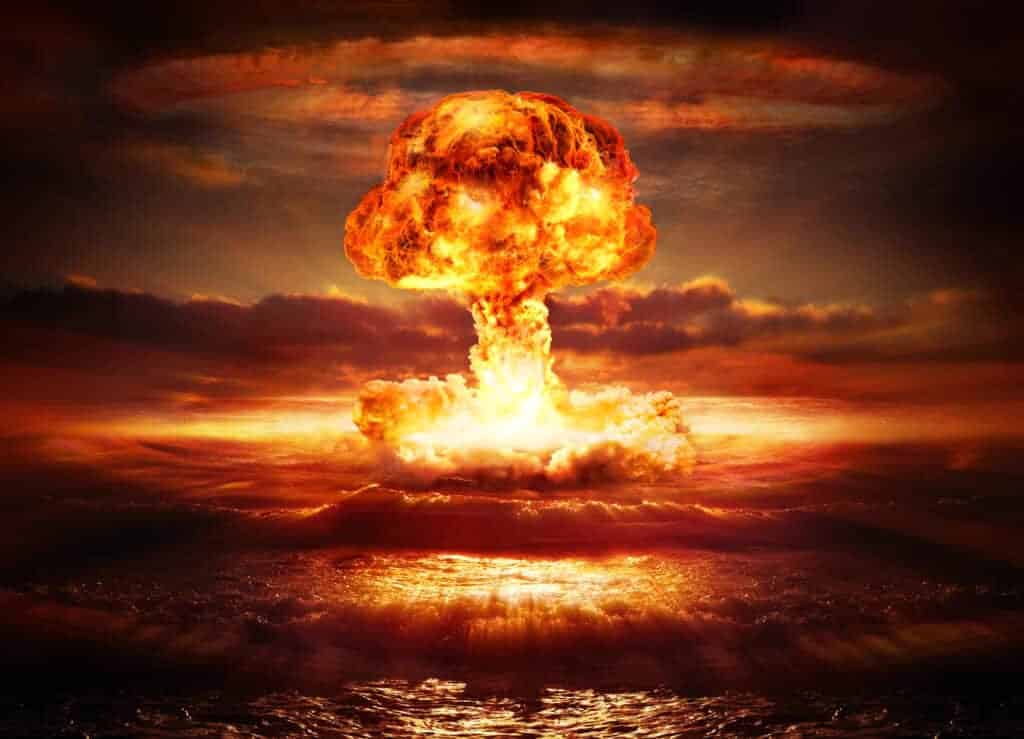

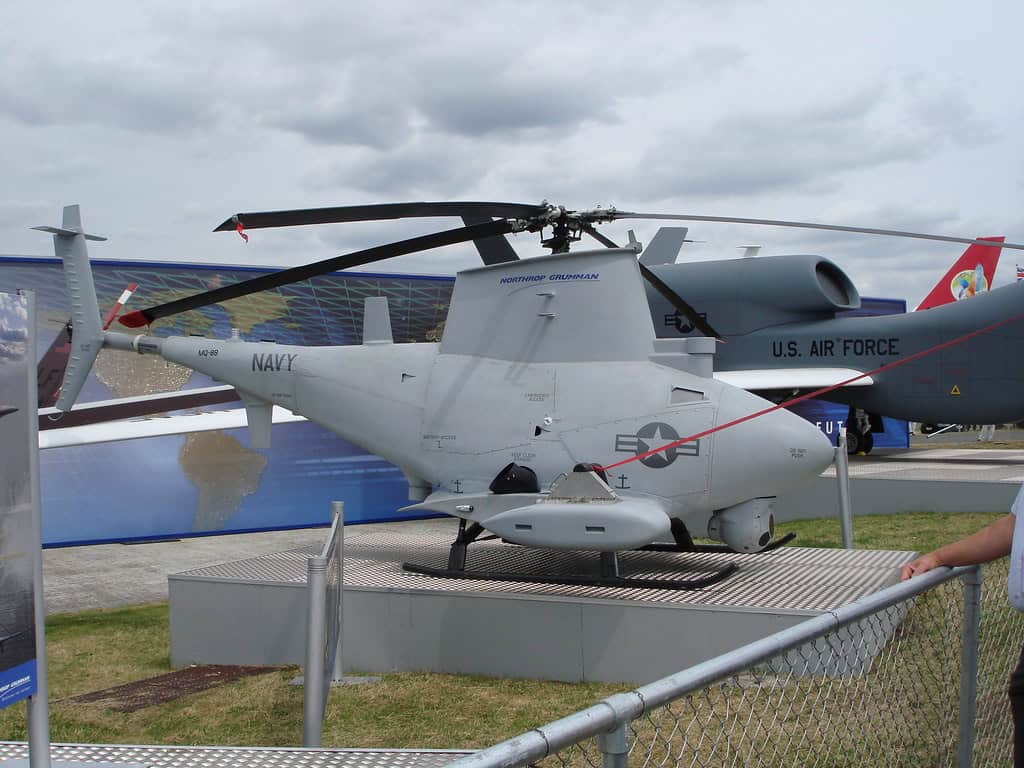
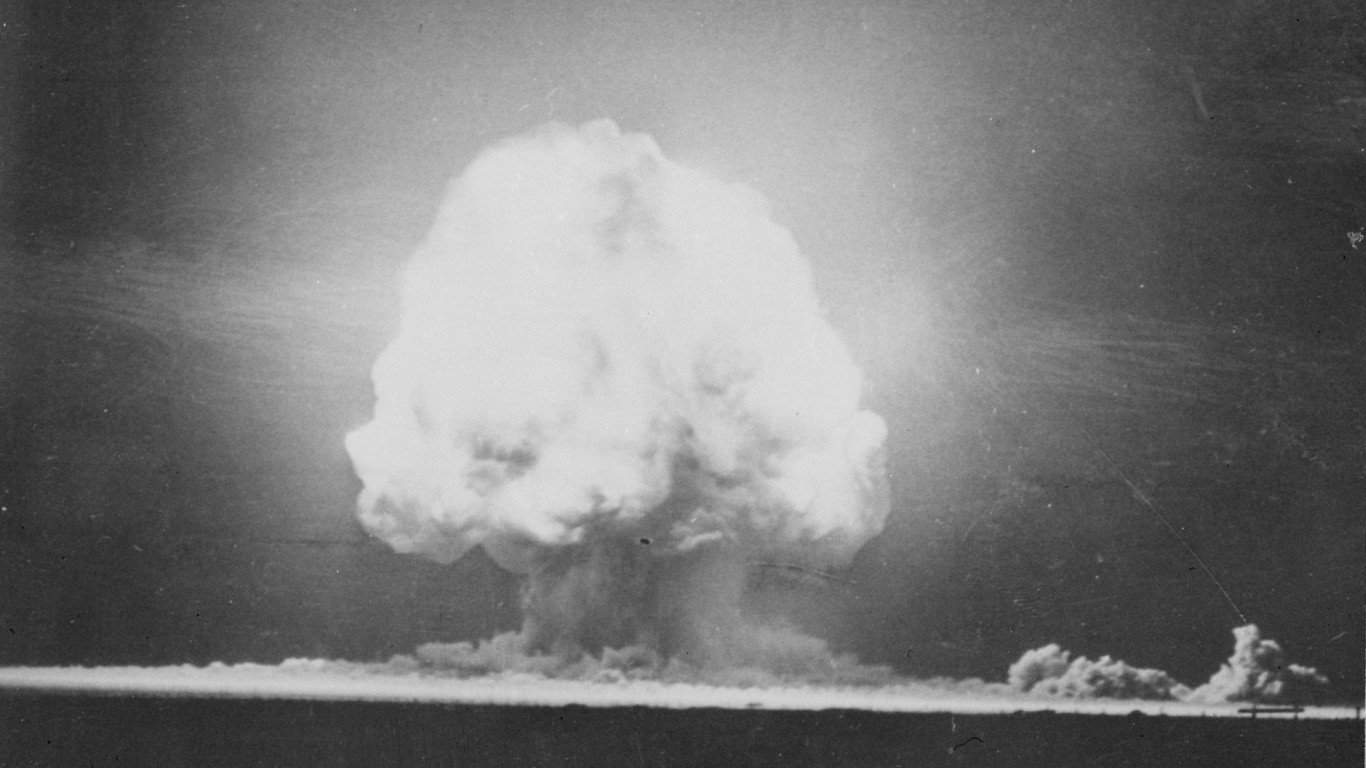
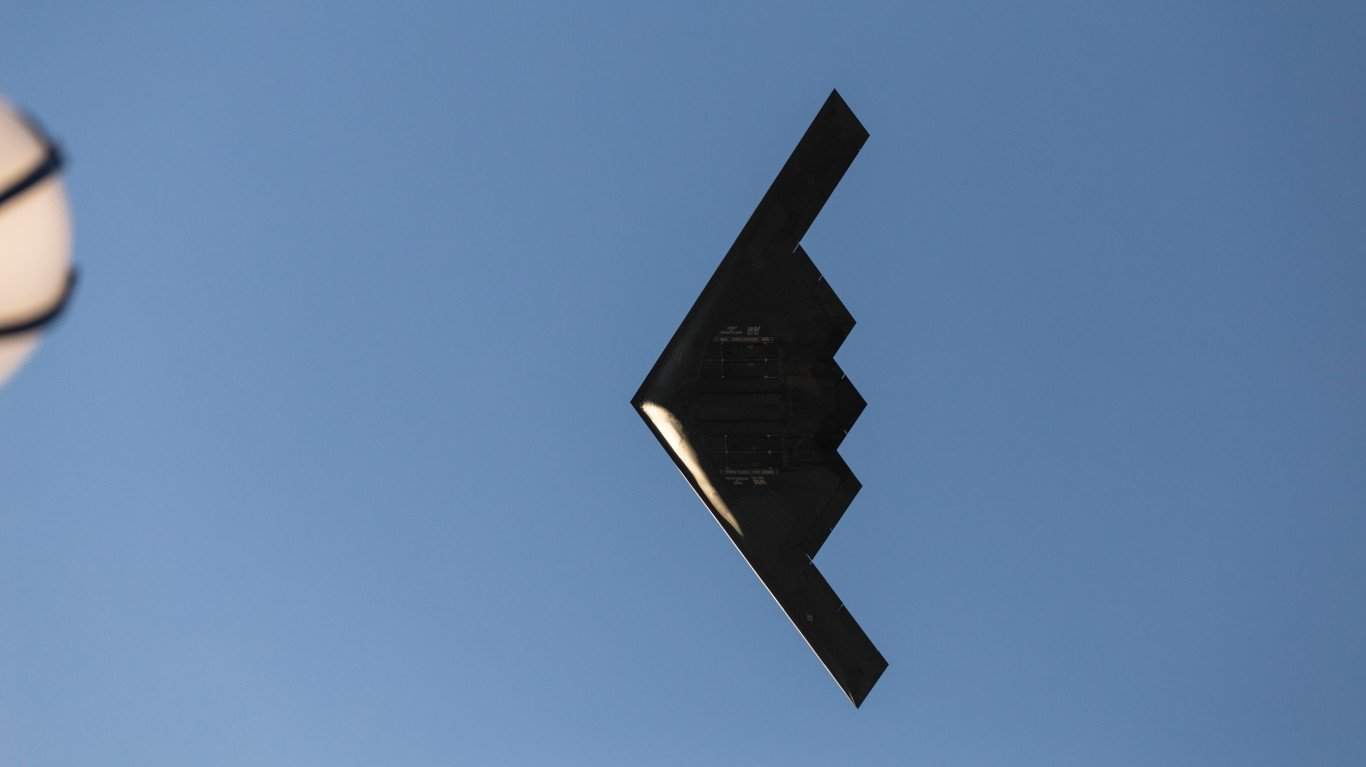
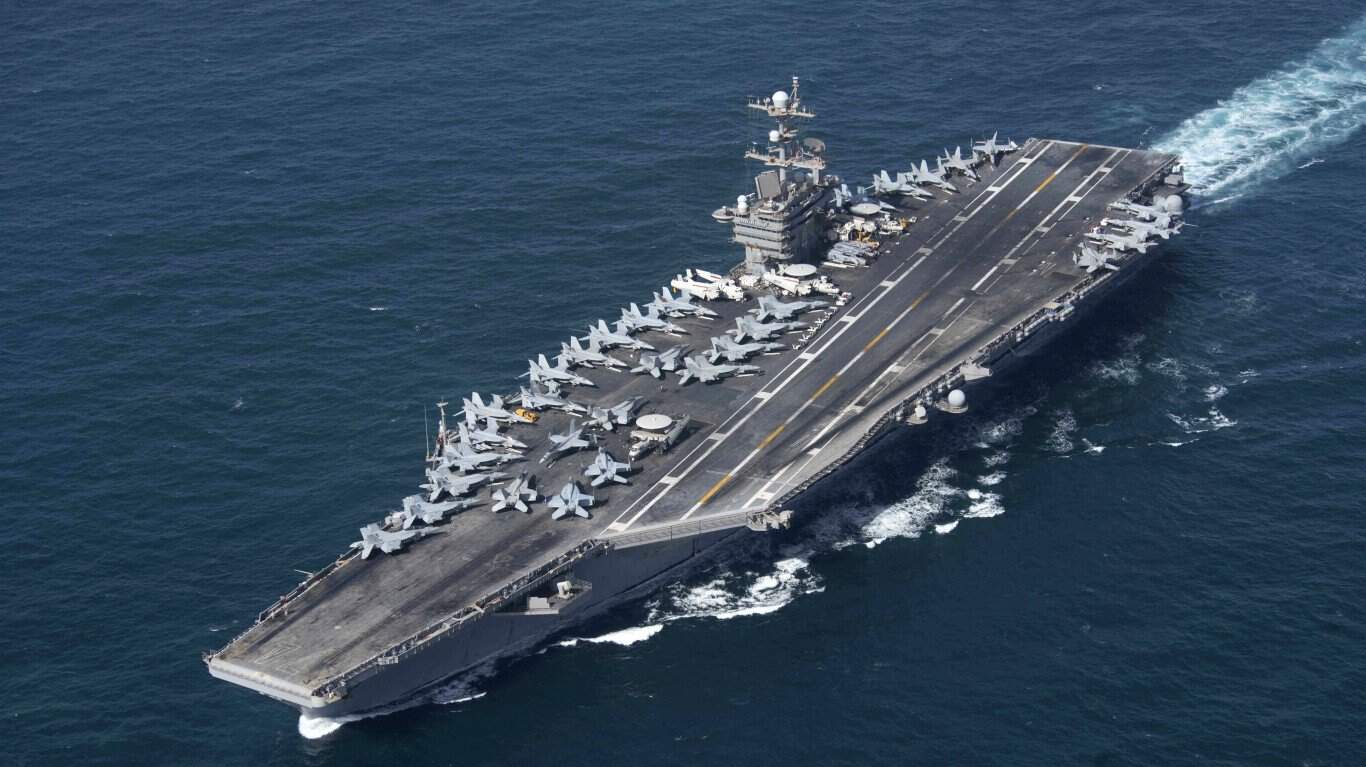
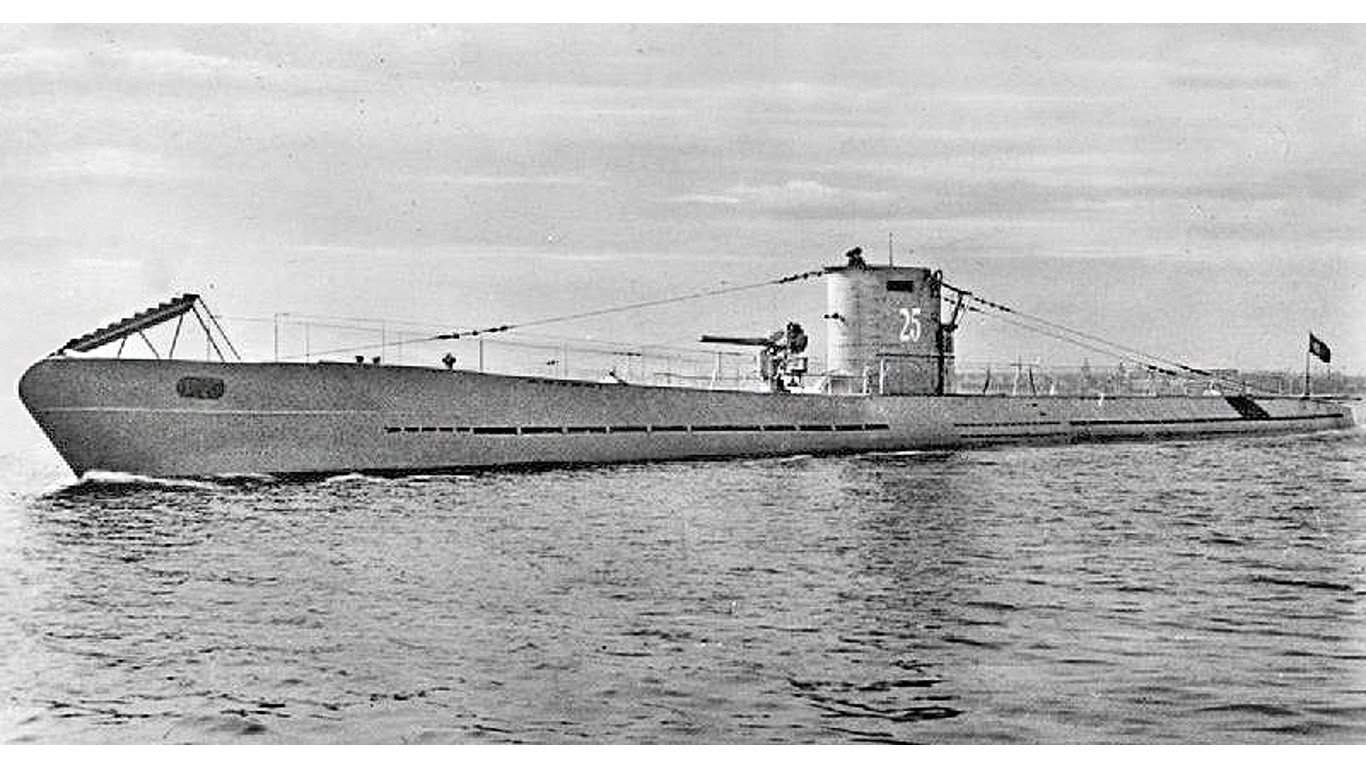
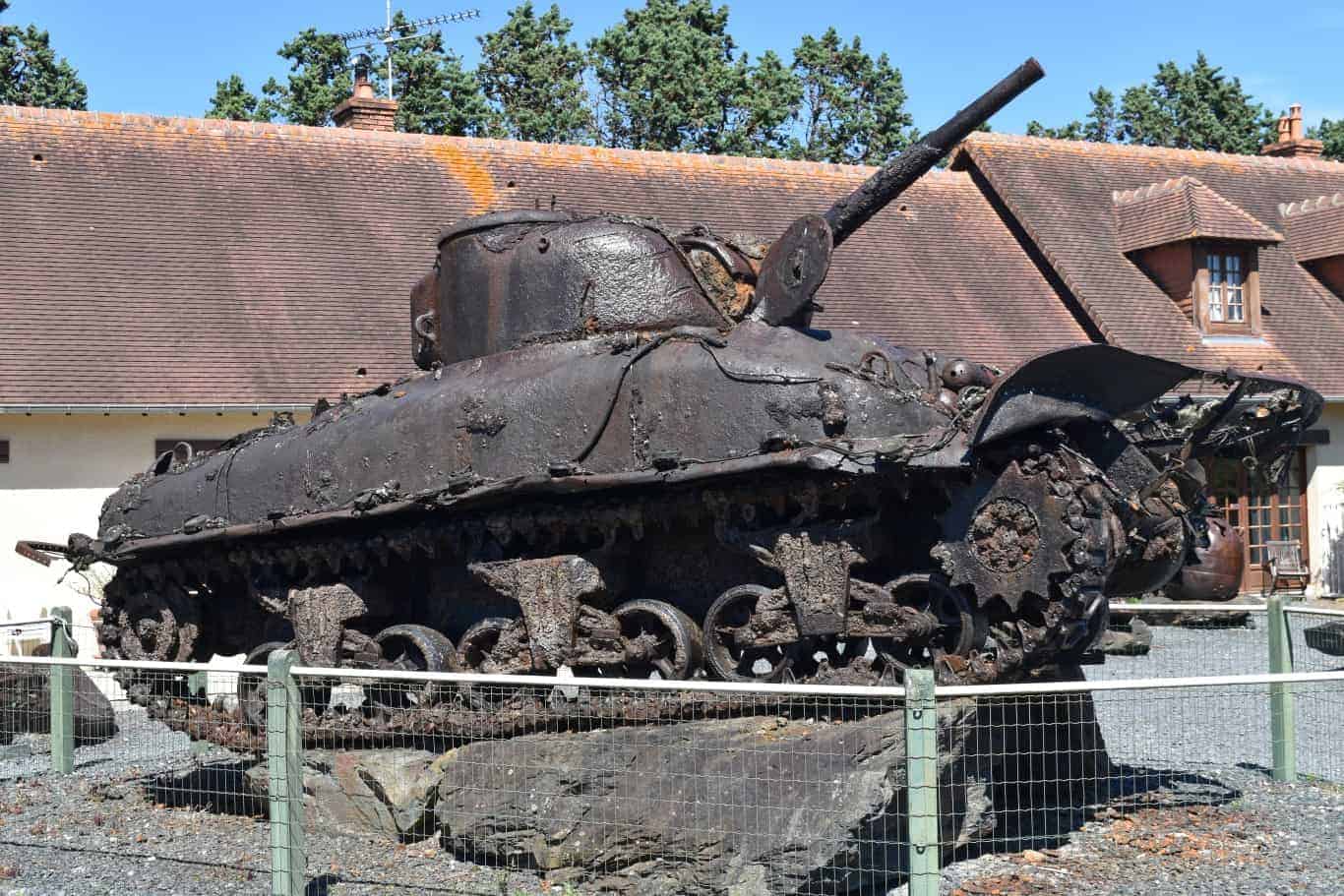
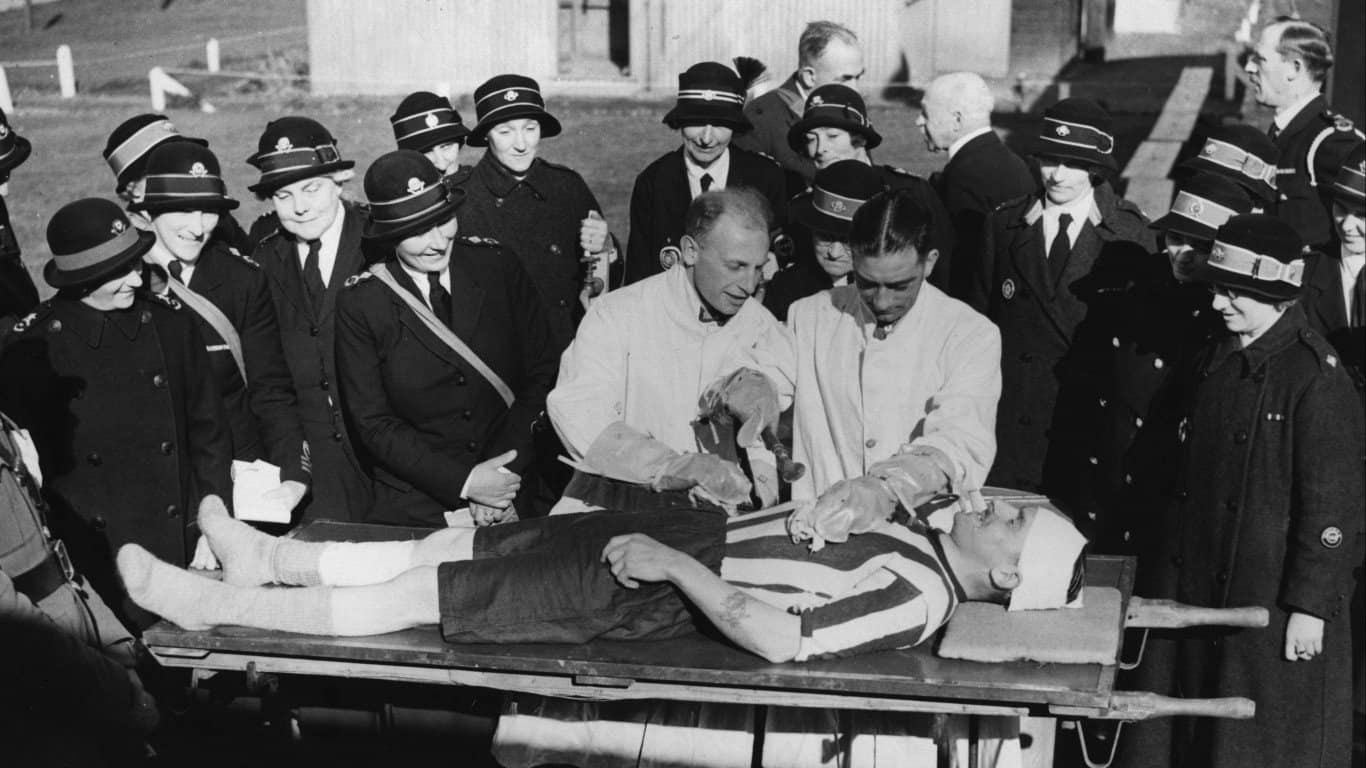

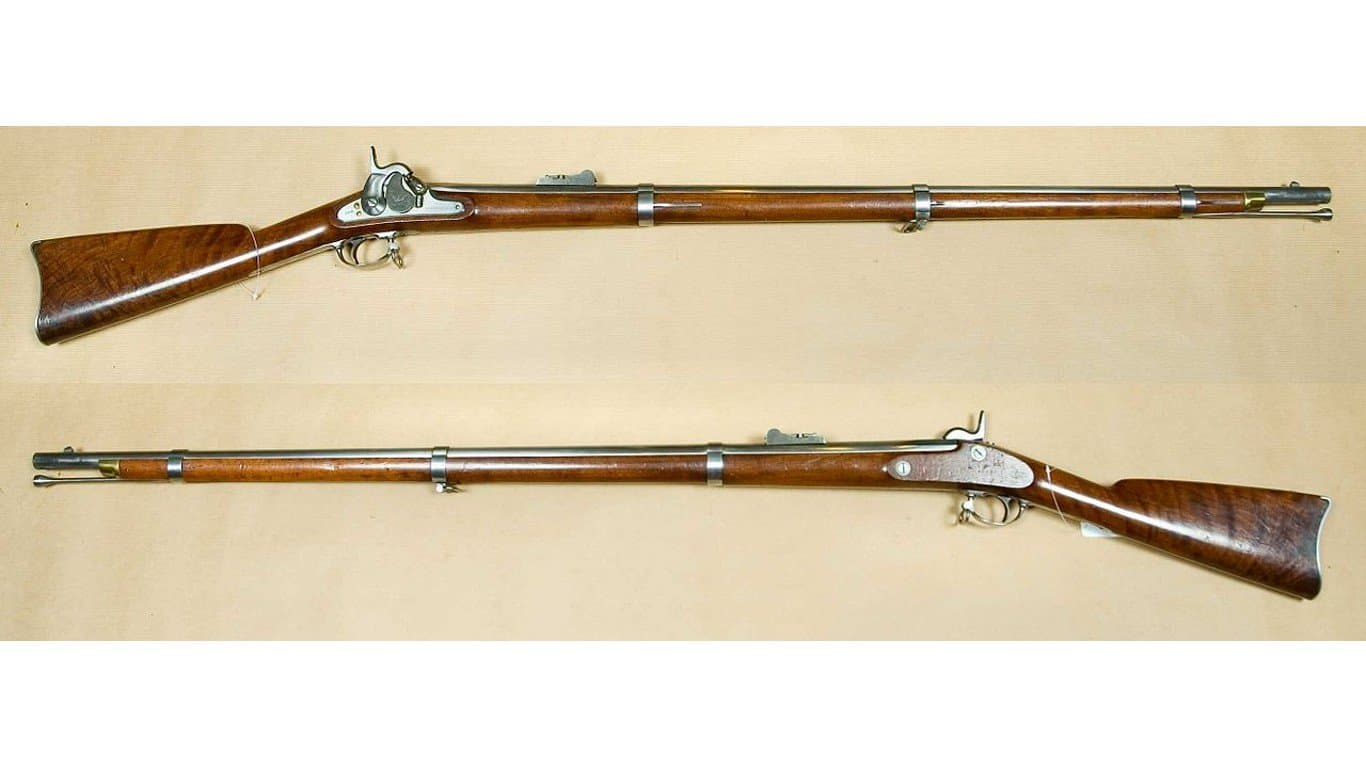
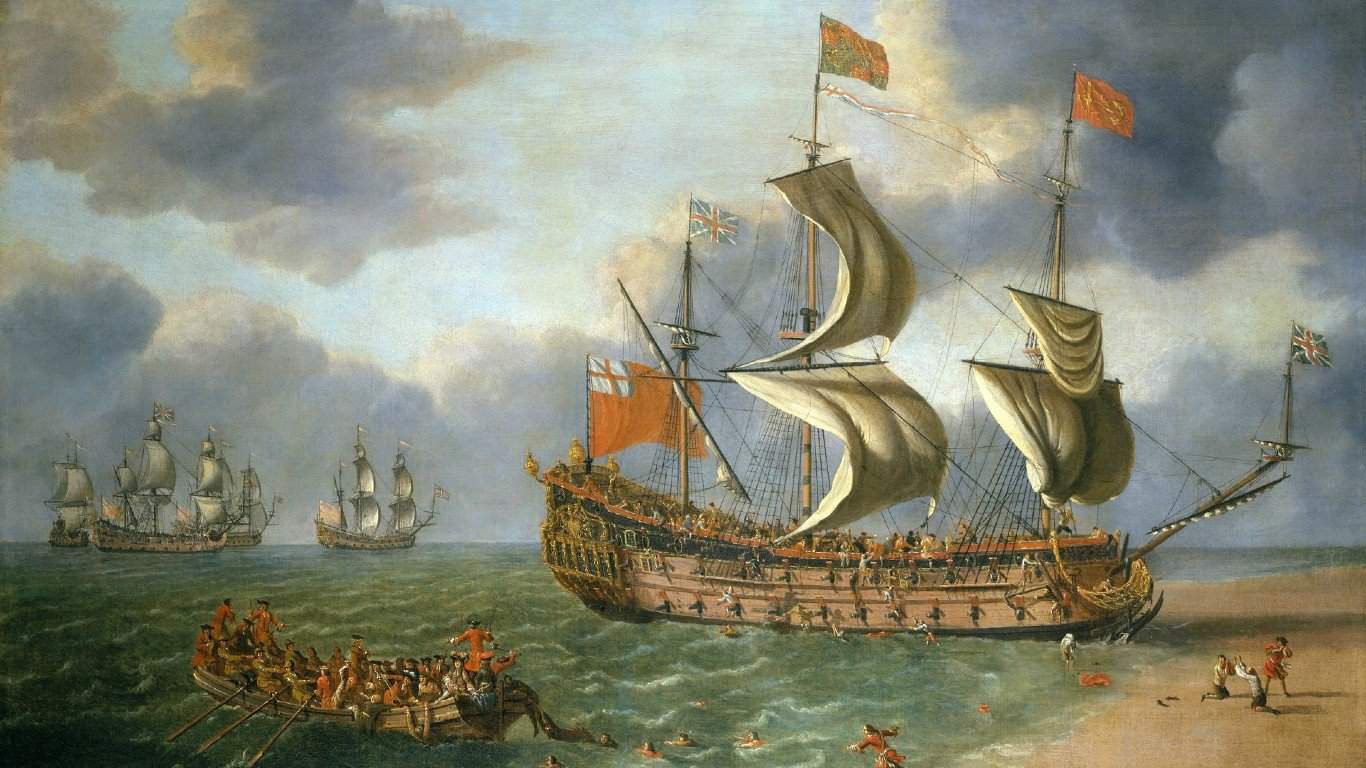
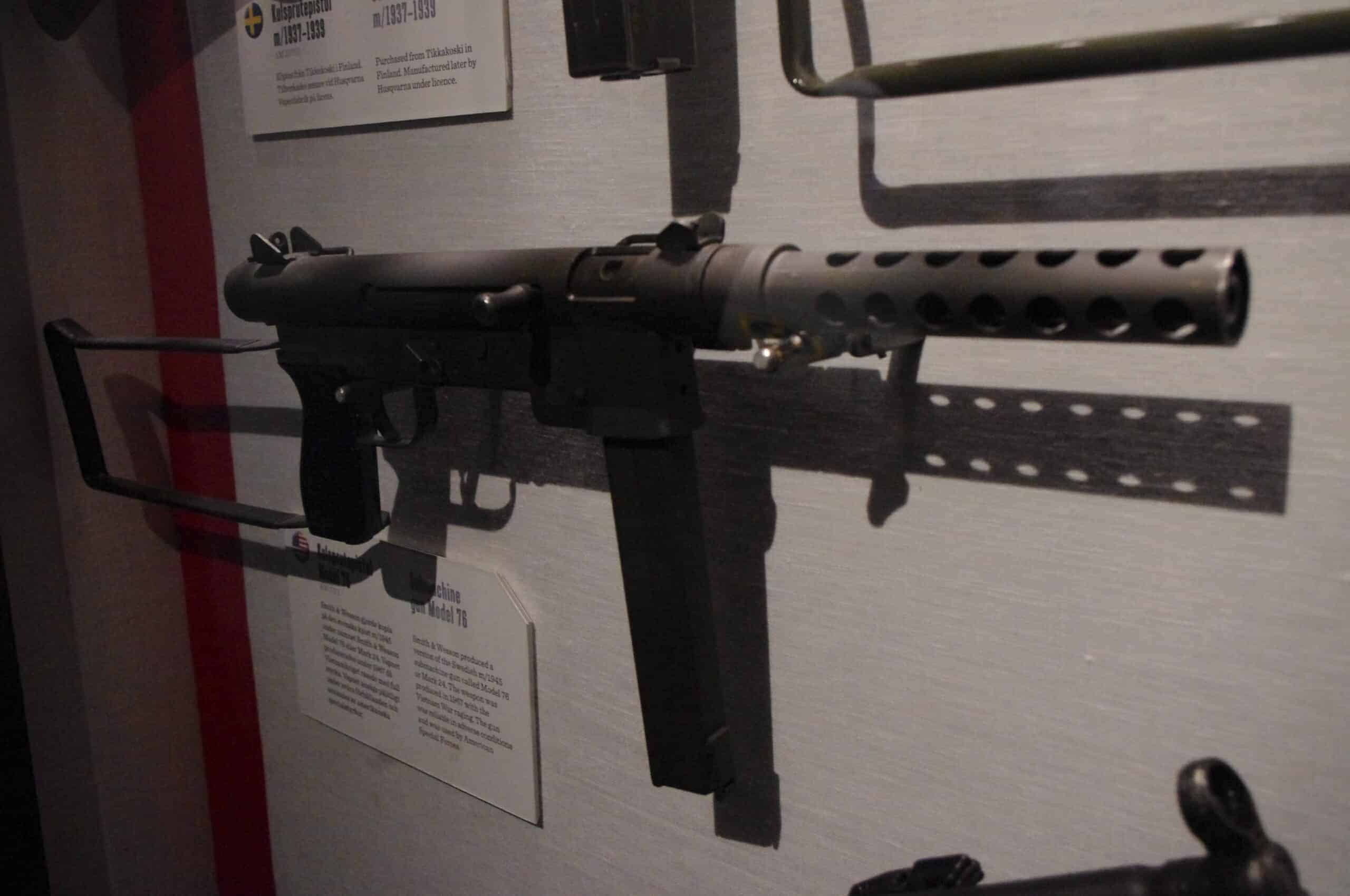
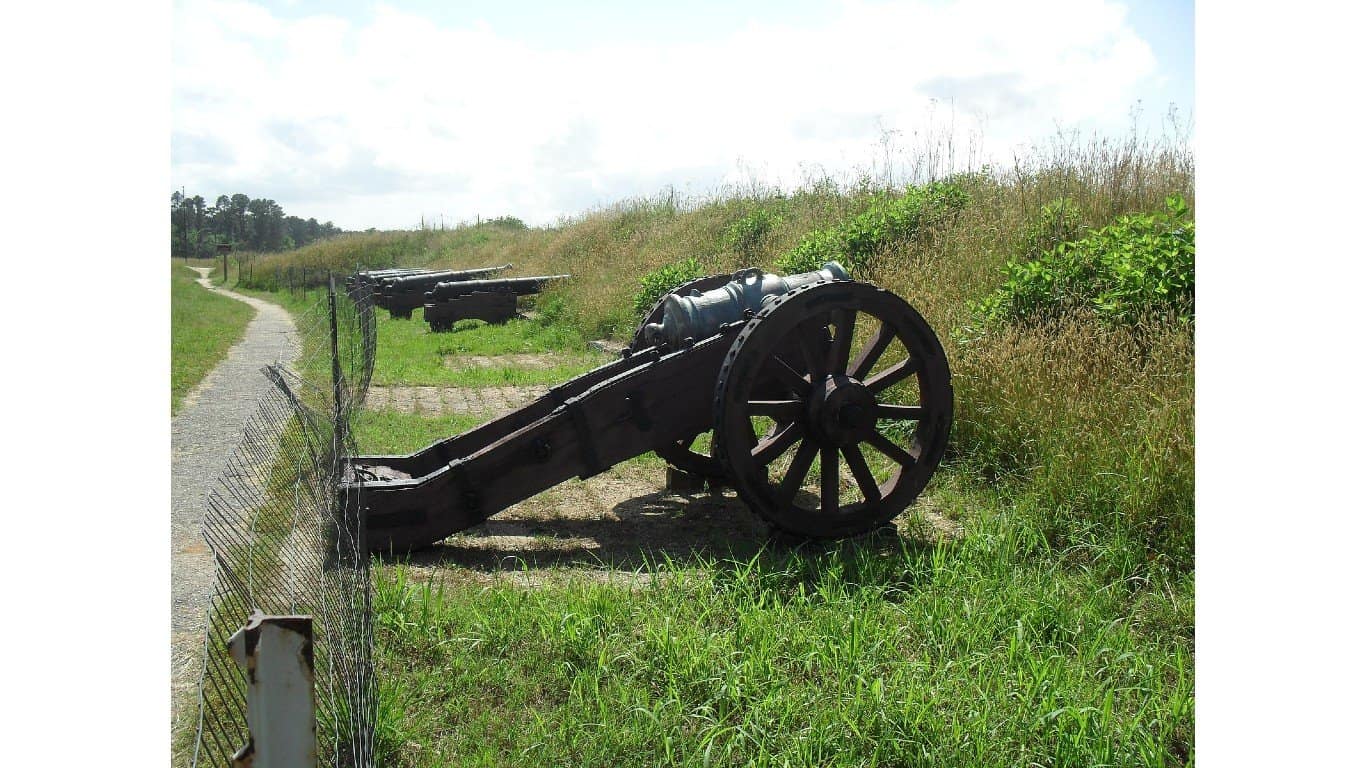
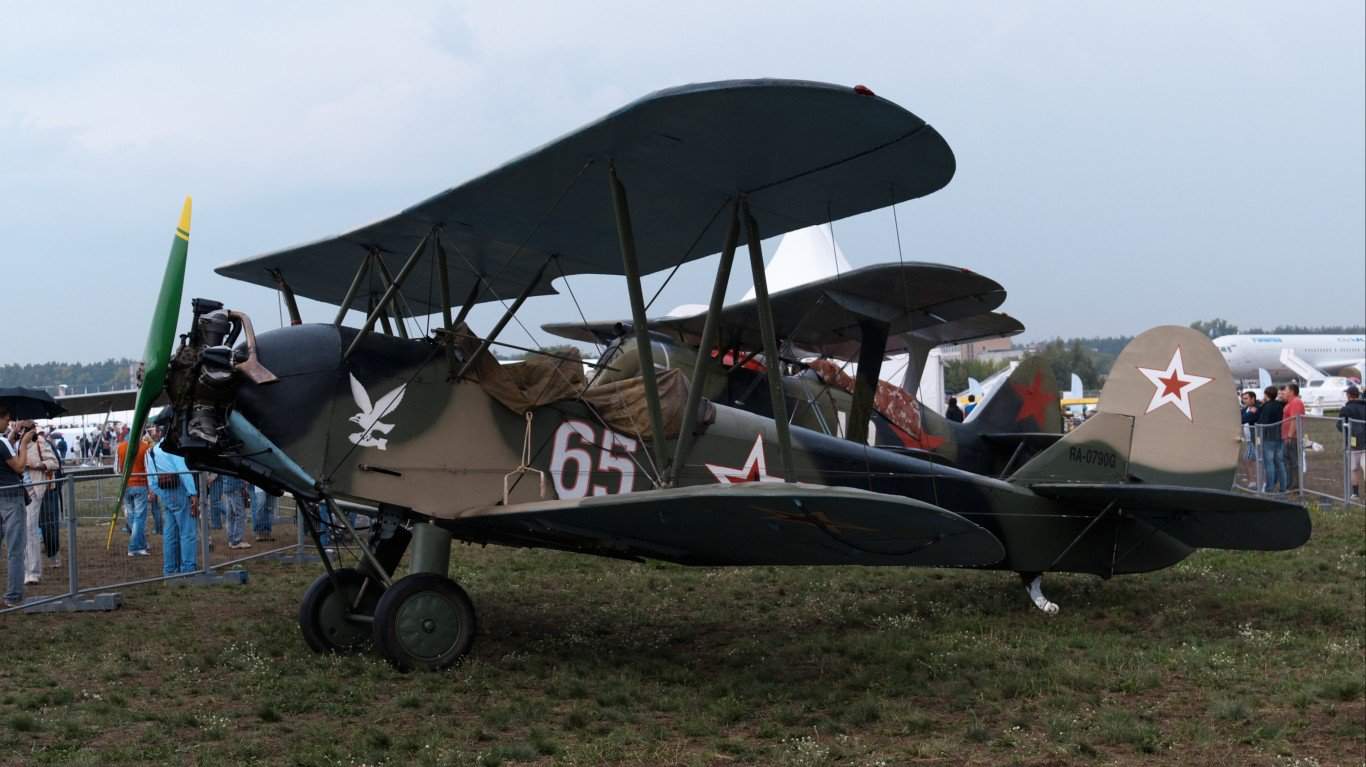
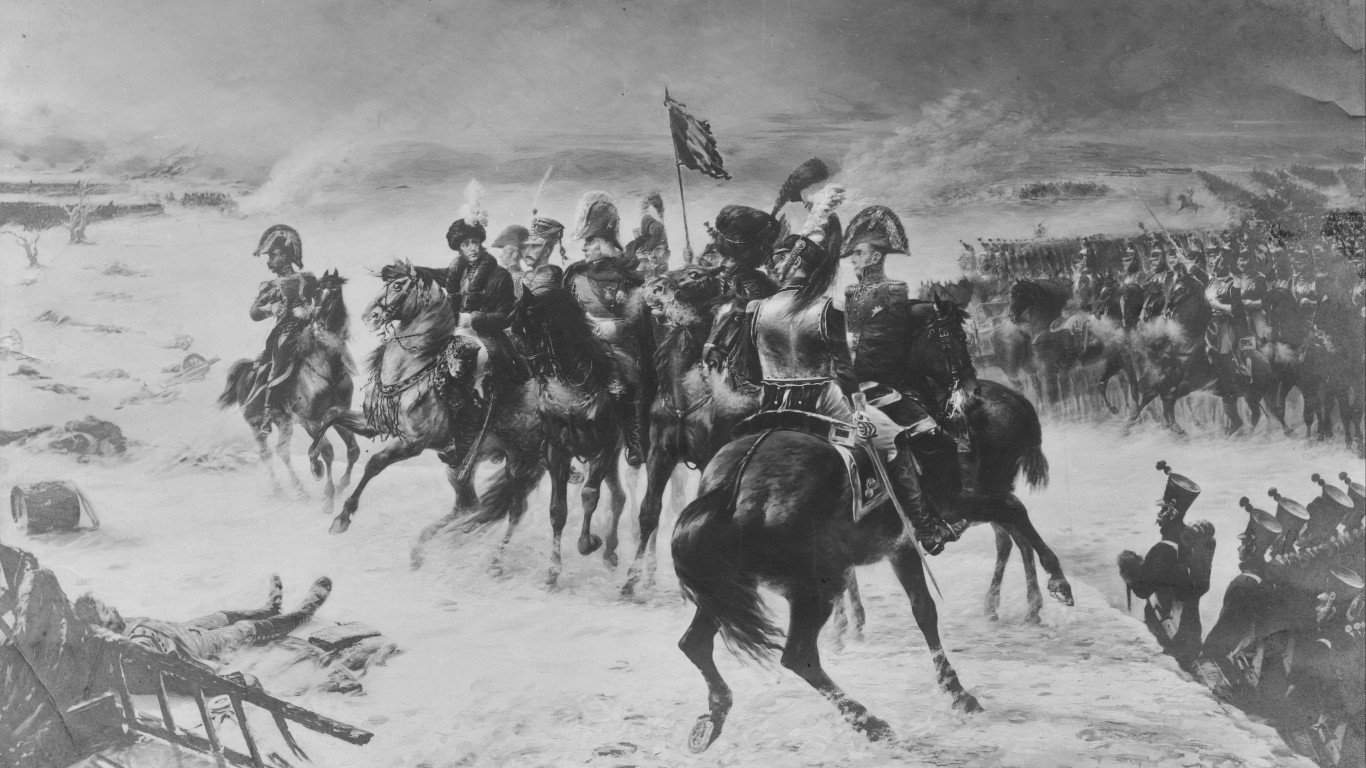














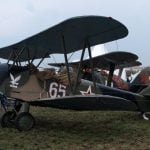

What Is the Deadliest Weapon in History?
History is filled with wars, that's just a natural part of the human condition. It is in the annals of history that we find the deadliest weapon ever fielded. However, the answer to what that weapon is might surprise you. So, let's dive right in and take a closer look at the deadliest weapon in all of human history.
Unmanned Drones
A more recent invention, unmanned drones or UAVs, has undoubtedly redefined warfare today and likely well into the future. Created to stop putting men and women at risk of being shot down, unmanned drones serve multiple purposes. First, they start with reconnaissance missions by providing intelligence on enemies. This can give any country using drones a significant edge as these vehicles can stay in the air longer without worrying about a pilot's status.
In addition, drones can be more efficient with pinpoint accuracy during weapons strikes. This efficiency makes drones more lethal, and human error is no longer a factor in munition strikes. When you factor in the overall cost of a drone without concerns over a pilot, it means less training and fuel, which significantly increases the appeal of drones.
There is little question that the use of unmanned vehicles will only grow in the future, which makes it safe to say that this hardware will redefine warfare over the next few decades.
The Shape of Things to Come
Technology is a funny thing. With every advance, there seem to be new and creative ways for people to hurt each other in times of war. As such, it remains somewhat difficult to even fathom the future of developing new weapons and munitions. Unmanned drones might be the future wave, but that remains to be seen with other new developments on the horizon.
13. Atom bomb
Nothing is more revolutionary than a weapon that changes the game and completely replaces the one you're playing. Whatever the moral and ethical questions surrounding the atomic and later nuclear bomb might be, there is no arguing that the way we fight wars is forever changed as long as there is even one still around somewhere.
The ability to obliterate not only an army but also entire cities or a country in a moment finally made world powers hesitate before going to war. The Cold War was only the first of what will probably be many dangerous stand-offs in the future. Wars between powerful states are no longer fought on the battlefield; they have been forced into the digital realm and live out in proxy wars.
Nobody knows what will happen if the world powers' armies ever meet in open conflict, and world leaders are even less eager to find out. After seeing the damage done in World War II, with a death toll of up to 226,000 people, any use of these bombs today would be exponentially worse.
12. Strategic Stealth Bombers
Just as planes changed the battlefield when they first entered the scene, strategic stealth bombers changed the game by refusing to participate. While everyone else plays checkers, stealth bombers never come to the party and instead drop a bowling ball on the table during a video call.
Even high-altitude bombers are vulnerable to enemy aircraft and anti-air weapons. Heavy armor, fighter escorts, and powerful guns help them stay in the air long enough to drop bombs and come home. But it is hard to defend against an enemy you can't see and is already halfway home when the bomb hits you. There is no natural defense against a stealth bomber that is already overhead.
The introduction of strategic stealth fighters has forced armies to adapt to an enemy that can strike them nearly from space without being seen. Large armies cannot muster and march together without presenting a large target, and large military bases are no longer safe. Small squads must rely on concealment and camouflage to avoid detection and continue fighting.
However, the use of stealth bombers is rare due to their significant cost.
11. Aircraft carrier
Naval warfare was always a competition between who had the biggest and most ships and who could keep them afloat the longest. Through the 19th and early 20th centuries, it evolved from infantry combat aboard floating barges to a focus on large battleships. World War II showed the world that the age of the battleship was over with the introduction of the aircraft carrier.
Because of aircraft carriers, the world will unlikely ever see a large-scale ship battle again. The ability to scout far ahead of a fleet and engage enemy ships from the air has made the aircraft carrier the dominant power of the seas.
This point was made during the Battle of the Pacific, in which aircraft carriers obliterated enemy battleships from far beyond the horizon. The United States' focus on developing carrier technology helped them secure their hold over the Pacific and win the war.
10. U-Boat
The submarine has existed since the 1700s, but the technology didn't take off until the 1800s. It had no significant impact on warfare until the 20th century. The German U-boat was so much more successful than previous versions, and even contemporary versions were more successful in more significant numbers because of a combination of technology and innovative submarine tactics developed especially for submarine combat.
The unprecedented success of German U-boats highlighted the changing state of war on the oceans and the need to develop new weapons to engage with submarines. Submarines were the most effective anti-ship weapon used by the United States during the Second World War. They destroyed over 60% of the Japanese merchant fleet and more ships than all other weapons (on land, air, or sea) combined.
The advancement of stealth technology allows modern submarines to remain a hidden and ever-present threat to every navy.
9. Tanks
Many similar lists will include tanks, but they miss the point of why. Why were tanks such an important innovation, and how did they change warfare? Motorized vehicles were used in war long before the tank was invented. Trucks and cars had been used for years to fill the role of cavalry where horses were in short supply, but they had limitations.
Tanks were the only vehicles that could reliably traverse the barbed wire and trenches of no-mans-land in World War I, withstand the fire of machine guns, and reach the other side with enough firepower to fight. They were initially used as infantry support, but their true potential was finally realized when fully mechanized tank divisions fought together, blazing through enemy defenses that would tear soldiers apart and pursue fleeing soldiers before they had time to set up another defensible position.
Today, tanks are still used in the same manner: a spearhead pushing through enemy defenses or obstacles for infantry to secure an area.
8. Chemical Weapons
Biological warfare has been a common feature of warfare since ancient times. Poisoning wells, catapulting decaying bodies into cities, and releasing sick prisoners were all examples. Chemical warfare, however, didn't begin until World War I with the introduction of chlorine gas.
In 1915, German soldiers opened almost 6,000 canisters of poisonous gas at the Ypres battlefield in Belgium. There were 7,000 total casualties, of which 350 died. Chlorine gas was terrifyingly lethal in almost every way: it was cheap, it was easy to deploy, it was heavier than air, so it would sink into enemy trenches, and all it took was one inhale to kill enemy soldiers.
Both sides began to develop and deploy even more lethal gasses throughout the war. One of the gasses, phosgene, was entirely odorless and responsible for around 80% of the gas-related fatalities during the war. This led to no soldier entering any battlefield without the equipment and the training to deal with chemical warfare. Soldiers can no longer plunge head-long into an abandoned enemy position for fear they might have left behind undetectable chemical weapons ready to kill whoever sets them off.
Chemical weapons were banned by the Geneva Convention after World War I, but that hasn't stopped countries from using them, including the United States, Iraq, Syria, and other dictatorships. During the U.S. invasion of Iraq, U.S. soldiers used a combination of white phosphorus and explosives they called "shake 'n' bake." The white phosphorus produces phosphorus pentoxide smoke that burns on contact with moisture and causes severe eye burns and permanent damage. They killed women and children during the massacre in Fallujah.
7. Maxim Gun
The look of the battlefield was still relatively unchanged, even with the introduction of the hand-held firearm. Large armies marched in open fields against each other, opening fire before engaging in hand-to-hand combat. Even with guns, grenades, and cannons, the battlefield would still be familiar to an ancient Assyrian. With the introduction of the Maxim gun, that was no longer the case.
Invented in 1884, the Maxim gun was the world's first fully automatic machine gun. It is called the "weapon most associated with imperial conquest" and was the primary tool used by the colonial powers to conquer and subdue other countries. It was used during the Russo-Japanese War, World War I, World War II, and beyond. It was the predecessor to modern machine guns.
Its impact was just as much physical as it was psychological. Armies could not march against each other in rank and file to do battle without being obliterated by a single Maxim gun. Warfare retreated to trenches, artillery bombardments, and large-scale assaults. Squad warfare began to develop during this time, presenting smaller targets to Maxim gun emplacements and diminishing their impact on the battlefield. Never again after the introduction of the Maxim gun would armies march against each other in open fields.
6. Rifled Muskets
The only way to ensure enough shots hit your enemy to force them to retreat was to fire many muskets simultaneously. The adoption of the hand-held firearm forced armies to abandon plate armor and swords and adopt massed infantry firing lines. The musket was powerful and easy to use, but it was inaccurate.
With the rifled musket, that tactic soon became a death wish. Rifled muskets, especially breech-loader rifles, had longer range and were much more accurate. Whereas typical formations only had time for a handful of shots before one side retreated, rifles could fire dozens of shots well before the other side was even in range to fire once.
Armies soon abandoned the mass infantry tactic and adopted trench warfare and other tactics that didn't put so many men in danger.
5. Warships
Naval warfare has been one aspect of wars that have been exclusively fought on land for most of human history. When battles did happen at sea, they were usually between ships that carried troops who fought just as they would on land, but on flat barges and decks instead. Ramming was a common tactic, followed by boarding and anti-boarding tactics.
Naval warfare occurred only because it was a useful way to transport troops long distances, not because it was useful in any meaningful way. That all changed with the introduction of ships that could transport troops and defend themselves without soldiers, archers, or marines.
It began with loading cannons on ships before the advent of the Age of Sail, and soon, large ships became the determining factor of land battles. They controlled trade, stopped armies from retreating by sea, blockaded cities, and starved empires into surrender. Commanders couldn't wage an effective war by ignoring the sea anymore as they had for millennia beforehand. Ignoring the power of ships was a quick way to lose a war. As the size of empires expanded to include multiple oceans and seas, the battle's landscape became ever more blue.
4. Hand-held firearms
Like the crossbow before it, the hand-held firearm revolutionized the battlefield because it allowed untrained, unskilled people to become deadly forces of destruction. But unlike the crossbow, which was banned in some parts of Europe because it was unsporting and broke the rules of chivalry, the hand-held firearm changed the landscape of the battlefield so drastically that any nation that wanted to compete militarily was forced to adopt firearms into their armies.
After their usefulness was demonstrated in battlefields from Asia to Europe, armies quickly learned how to best use guns instead of bows and hand-held weapons. For the first time since prehistory, the most effective killing tool was not a sword, a spear, or an arrowhead. Every innovation and change to the hand-held firearm ever since simply built upon the monumental game-changer that was the first gun.
3. Artillery
Every time a city's defenses grew stronger, the tools for knocking down or overcoming those defenses improved. Siege weapons of various types have been employed as long as there were walls to tear down, but none had such an impact as cannon artillery.
Although artillery in the form of mortars has been around since about the 9th or 10th century CE, they were large, cumbersome, dangerous, and difficult to use correctly. It wasn't until the 1400s, when artillery became much more powerful, the barrels longer, and the construction more reliable and safer, that artillery became a regular sight on the battlefield. Typically, during a siege, the defending side has a significant advantage over the attackers. With the introduction of the cannon and mortar, that advantage turned to the attacking army.
The difference was that gunpowder artillery could completely demolish walls and accurately hit targets within the city. Mehmet the Conqueror was able to take Constantinople in 1453 when his artillery destroyed the legendary walls of the city. Castles, forts, and cities with large stone walls soon became prisons if cannons were brought to bear. Armies were now incentivized to fight outside a city instead of retreating within the walls for safety.
2. Airplane
Shortly after its invention in 1903, the airplane was adapted to be a weapon of war and forever changed how soldiers thought about the battlefield. They no longer had to worry about the enemy in front of them; they had to keep an eye on the sky, too. Fighters, interceptors, bombers, and reconnaissance planes made their big entrance during the First World War, which was the stage for many weapon innovations.
Front lines now didn't seem so well-defined, as airplanes flew over the chaos and could drop bombs or shoot at important targets far behind what was once an impenetrable wall of trenches and barbed wire. New technology had to be invented to defend ground-based targets against airplanes and to attack targets in the air. The flurry of technological progress in response to the airplane's introduction changed the battlefield more quickly than anything else.
1. Cavalry
One of the most significant changes came with cavalry. Nothing in the history of warfare and humankind has been as impactful as the domestication of the horse. No military innovation since has surpassed the horse's impact on the battlefield. From the introduction of the cavalry soldier onto the battlefield thousands of years ago, as far back as 1,550 BCE, to World War I, the fastest and most lethal weapon system was a man on a horse.
Most ancient cavalry forces were limited to chariots, given the difficulty of raising, training, and keeping horses and training soldiers to ride them effectively. However, the nomads of the Eurasian Steppe developed the true rise of cavalry on the battlefield: the Iranic Parthians, Sarmatians, Scythians, and later the Mongols, among many others. The role of horse archers on the battlefield was so powerful that steppe tribes remained a significant threat to their neighbors until the 1800s.
